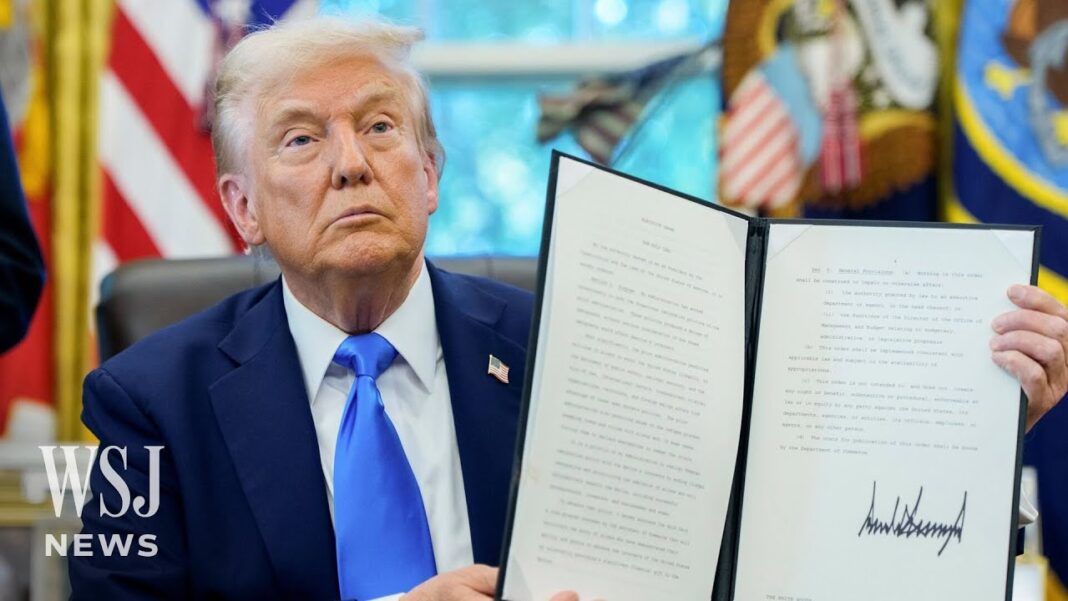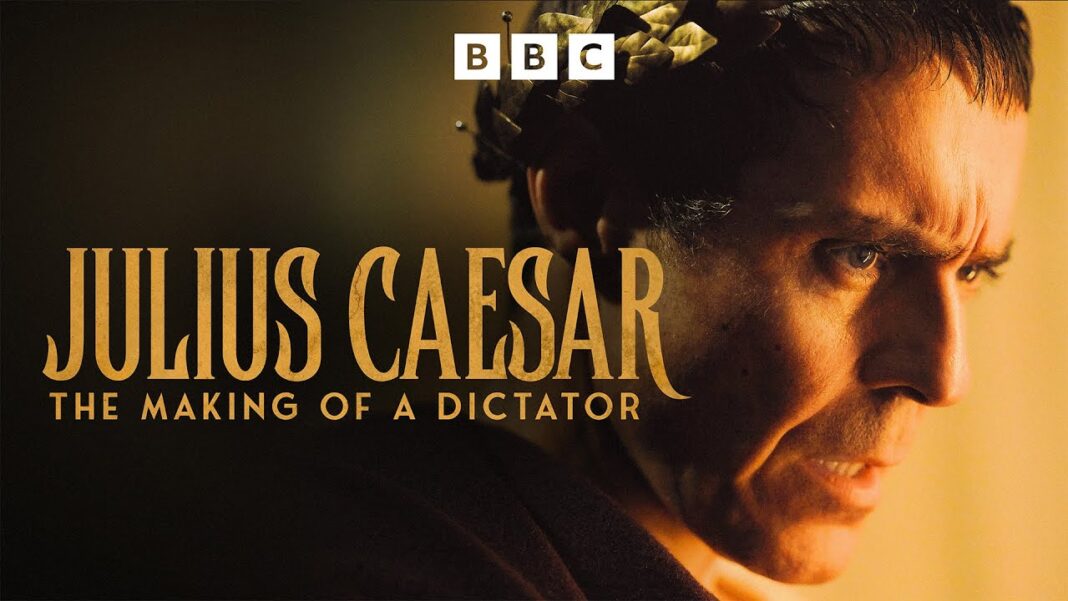A presidential order and recent clashes with ICE are drawing attention to the once-obscure, hard-to-define movement.
Just after conservative influencer Charlie Kirk was publicly gunned down, authorities revealed that the alleged gunman left behind bullet casings, inscribed with messages such as “Hey, fascist! Catch!”
Law enforcement authorities said last month that they believe the 22-year-old suspect acted alone when he shot Kirk, but are investigating whether anyone else had a role in plotting the killing.
President Donald Trump blamed “the radical left” for inspiring attacks against political figures such as Kirk.
The far-left extremist movement known as Antifa has been tied to “a campaign of violence and terrorism,” Trump wrote in a Sept. 22 executive order, 12 days after Kirk was killed.
Trump designated Antifa a “domestic terrorist organization” and ordered agencies to root out “any and all illegal operations” connected to Antifa and to prosecute perpetrators and their financiers.
In a related memo, Trump highlighted “so-called ‘anti-fascist’ rhetoric” found on the alleged Kirk assassin’s unfired rounds.
Trump’s executive actions and Antifa’s clashes with Immigration and Customs Enforcement in major cities are drawing more public attention to a once-obscure movement that remains hard to define.
Trump said Antifa has recruited young people to riot, assault police, and obstruct federal agents, while also trying to squelch lawful political speech.
Members of Antifa have long argued that people they deem to be fascists or oppressors deserve no platform to spread their viewpoints and that violence is justified if other silencing tactics fail. Alleged fascists must be stopped by “any means necessary,” the movement’s leaders say, and the phrase has become synonymous with Antifa.
“Only mass antifascism, legal or not, can save us,” Mark Bray, author of “The Anti-Fascist Handbook,” wrote on the Bluesky social media platform on Oct. 4.
Antifa’s ultimate goal is less obvious and more menacing than that, Trump and others warn.
The president’s Sept. 22 order declared: “Antifa is a militarist, anarchist enterprise that explicitly calls for the overthrow of the United States Government, law enforcement authorities, and our system of law.”
A trio of Democratic congress members and others denounced the Republican president’s order as an unenforceable, unconstitutional attempt to criminalize political opposition. Others pushed back against Trump’s description of Antifa as a group rather than an ideology.
People victimized by Antifa, including some journalists, commend Trump for taking action against a shadowy movement that arose from communist roots and became increasingly influential, well-coordinated, and dangerous.
How Antifa Started
Antifascism began as a response to Italian dictator Benito Mussolini in the 1920s. His National Fascist Party was named after a symbol of penal power in ancient Rome, the “fasces,” a bundle of rods with an axe.
Fascists embraced “extreme militaristic nationalism, contempt for electoral democracy and political and cultural liberalism,” according to Britannica.
In 1932, Antifaschistische Aktion (Antifascist Action), a communist-led militant group that confronted Nazi stormtroopers in Germany, gave the modern Antifa movement its nickname and symbols that are still in use today, such as the raised-fist salute.
The Antifa movement persisted for decades in Europe before spreading to the United States via punk rock culture.
By the 1980s, a group called Anti-Racist Action had risen to prominence in the United States; later, it dissolved into smaller, decentralized groups.
Since the 2000s, Antifa groups have grown globally, largely thanks to the digital age; encrypted messaging networks have enabled Antifa to communicate privately and evade detection.
Although the most prominent Antifa groups in the United States are situated on the West Coast, the earliest groups emerged in the Midwest, including far-left skinheads known as “Baldies” in Minneapolis.
By Janice Hisle







